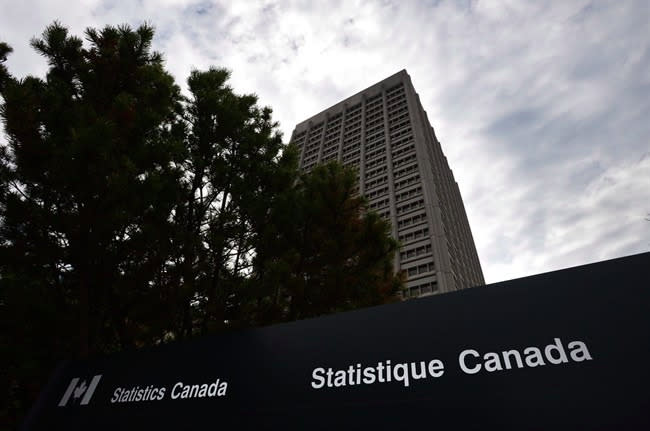 Daily Brew
Daily BrewThe long-form census makes a comeback because it’s 2016

[Statistics Canada headquarters in Ottawa. THE CANADIAN PRESS/Sean Kilpatrick]
By Cameron French
The mandatory long-form census will return for Canadians this week, and with it, another step in the Liberal government’s dismantling of Stephen Harper’s legacy.
Beginning on Monday, Statistics Canada will send census letters to all households, with May 10 designated as census day. So if you’re moving on the 11th, use your old address on the census.
The once-every-five-years census was a fairly low-key affair before 2010, when Harper shocked the research community by ending the long-form version of the survey.
“It was out of the blue,” says Susan McDaniel, social demographer and professor at the University of Lethbridge.
For the uninitiated, every Canadian household gets a short-form census with a handful of questions that basically just measure population. Filling it out is mandatory and failure to do so can result in a modest fine or jail time.
But on top of that, one out of every five households has also traditionally had to fill out a longer census that asks deeper questions about occupation, housing, ethnicity, previous changes of address and income, among other subjects.
McDaniel says this data is crucial to researchers and academics, but also businesses, neighbourhood planners, governments and basically anyone who needs a sense of who lives where in this country.
Harper replaced the mandatory long-form census with a voluntary survey in 2011, arguing that Canadians deserved the right to withhold personal information without the threat of fines or jail terms.
The move drew quick condemnation from academics and scientists, and even led to the resignation of Munir Sheikh, the government’s top statistician at Statistics Canada.
While the return of the long-form census – part of the Trudeau government’s stated goal to return to “evidence-based” governing – has been welcomed by those same groups, McDaniel says the data not collected during the 2011 census, when the voluntary survey was in effect, is a loss that will continue to have an impact.
“There’s always going to be this kind of black hole for 2011 and that’s a real negative,” she says.
During that 10-year gap, there could have been population shifts that reversed themselves with no track record of how or why it happened, or trends that shifted and could be tough to decipher without the needed context. This means local governments may be allotting services based on incorrect data.
“For instance there could be migration to the suburbs in 2006 and then in the meantime people might have moved to the city and then a whole different generation might be moving to the suburbs that has different needs.”
The 2011 voluntary survey ended up with a response rate of 69 per cent, versus 94 per cent for the 2006 long-form census, with data from some small communities so small as to make it unusable.
For instance, the town of Melville, Sask., basically ceased to exist from an information point of view, with little usable data about it beyond the population. According to StatsCan, about one in four of Canada’s 4,567 municipalities has insufficient data from the survey.
“They wouldn’t have a sense of how much population has changed or what people have moved out of the community, who has moved in. So do you need new schools, do you need new daycares, do you need more old age homes?” McDaniel says.
“We don’t have any of that kind of information, and it’s pretty darned important.”
For those worried about wasteful spending, it’s worth noting the mandatory census actually costs less than the 2011 voluntary survey, which was mailed to 30 per cent of Canadian households, versus 20 per cent for the mandatory census.
And if you don’t’ like paper and stamps, you can do the census all online, because, as they say, it’s 2016.


